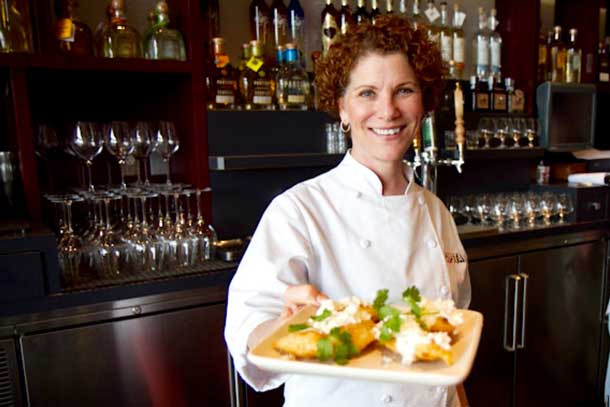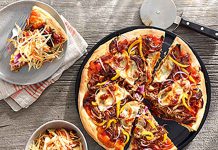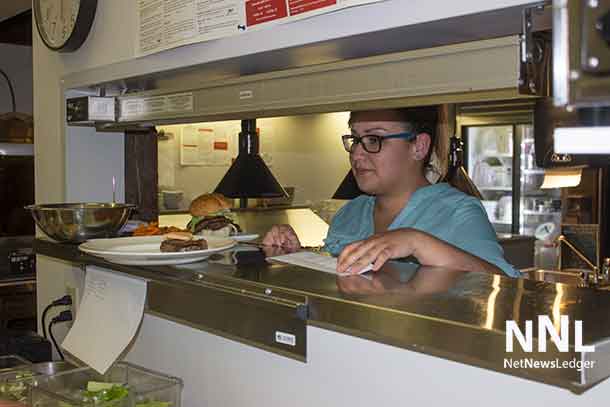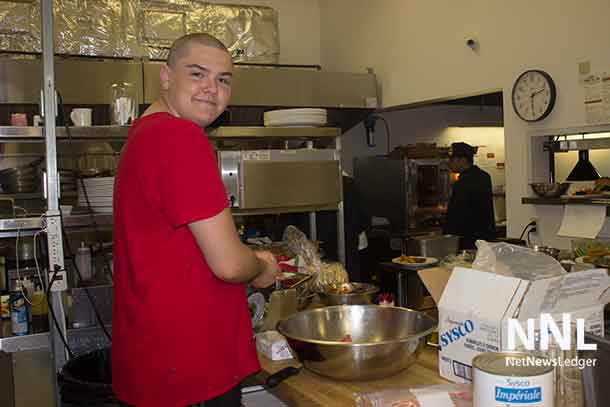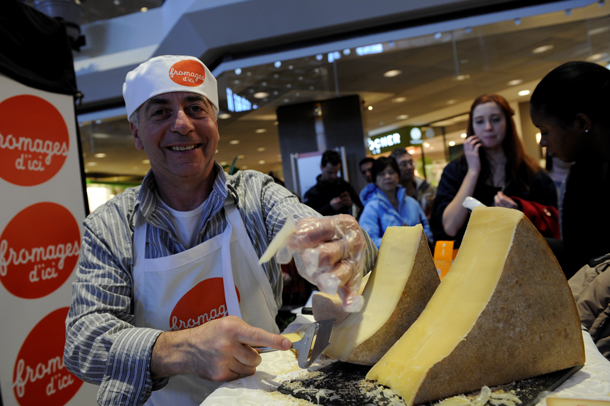
Accidents, especially slips and falls, can happen anywhere, and Fresno’s bustling restaurants are no exception. To ensure a positive and secure dining experience, it is crucial for restaurant owners and managers to address potential hazards proactively. This blog post aims to explore the common causes of accidents in Fresno’s restaurants, shedding light on practical solutions that enhance safety and contribute to an enjoyable atmosphere for diners.
For restaurant owners and managers in Fresno seeking additional guidance on the legal aspects of accidents and safety measures, click here for legal help. This valuable resource provides tailored legal insights relevant to Fresno’s restaurant landscape, offering a roadmap for addressing potential legal implications.
I. Hazards Found in Restaurant Environments
A. Wet or Slippery Floors
One of the factors contributing to slip and fall accidents within restaurants is the presence of slippery surfaces. Spilled beverages, kitchen equipment leaks, or inadequate cleaning practices can create conditions. Additionally, insufficient drainage systems may exacerbate these issues.
B. Uneven or Damaged Flooring
Another risk for slip and fall accidents arises from damaged flooring. Loose tiles, cracks, or irregular surfaces increase the likelihood of tripping or losing balance while navigating through the restaurant premises.
C. Obstructed Pathways
The presence of obstacles such as chairs, delivery boxes, cleaning equipment, or other objects along pathways significantly raises the chances of slips and falls within a restaurant environment.
II. Dealing with the Dangers
A. Ensuring Thorough Cleaning Practices
Monitoring and implementing cleaning procedures is crucial to prevent slip and fall accidents caused by wet floors. Restaurant staff should promptly clean up spills using materials like towels or mops rather than solely relying on warning signs. Additionally, placing mats at entrances can help trap moisture brought in by foot traffic during weather conditions.
B. Implementing Effective Maintenance Approaches
To effectively address risks associated with flooring:
1) Establish an inspection schedule: Regularly inspecting the condition of the flooring allows for the identification of any damage or areas requiring repair.
2) Timely repairs: Promptly address any uneven or damaged flooring discovered during inspections. While permanent fixes are being carried out, temporary preventive measures such as placing warning signs around problem areas can help minimize risks.
3) Keeping records: Maintaining up-to-date records of repairs and maintenance performed on the flooring ensures monitoring and enables follow-up.
C. Providing Adequate Staff Training
In addition to implementing cleaning procedures and maintenance practices, it is crucial to provide restaurant staff with training on accident prevention measures:
1) Employee Awareness: It is essential for all employees to undergo training to identify potential hazards, report incidents promptly, and ensure responsible behavior in areas shared by both staff and customers.
1) Safe Handling Practices: Employees should receive training on techniques for handling food items and other equipment. This training aims to minimize spills that could pose a risk to others.
III. Continuous Vigilance and Communication
Maintaining lines of communication with employees is crucial for addressing safety concerns:
- A) Open Dialogue: Creating an environment of trust and respect where staff members feel reporting hazards or sharing suggestions for improvement. This open dialogue allows everyone to contribute to maintaining a workplace.
- B) Regular Safety Meetings: Organizing frequent safety meetings that focus on identifying hazards, finding solutions, establishing response protocols during accidents as well as informing employees about any updates to safety procedures relevant to their roles.
- C) Routine Evaluation: Implementing evaluations where management assesses the effectiveness of preventive measures and gathers feedback from employees regarding any overlooked dangers or possible improvements. Continuous evaluation helps refine existing protocols over time.
Conclusion
Preventing slip and fall accidents in restaurants requires diligence, awareness, and consistent adherence to established safety protocols.
To ensure a dining experience and reduce the chances of accidents, restaurants can take steps such as regularly cleaning wet floors, addressing uneven surfaces, and keeping pathways clear. It is also important for restaurant staff to receive training on accident prevention measures and maintain communication to stay vigilant. By implementing these measures, restaurant owners and managers can show their dedication to creating a safe environment for all their customers.

